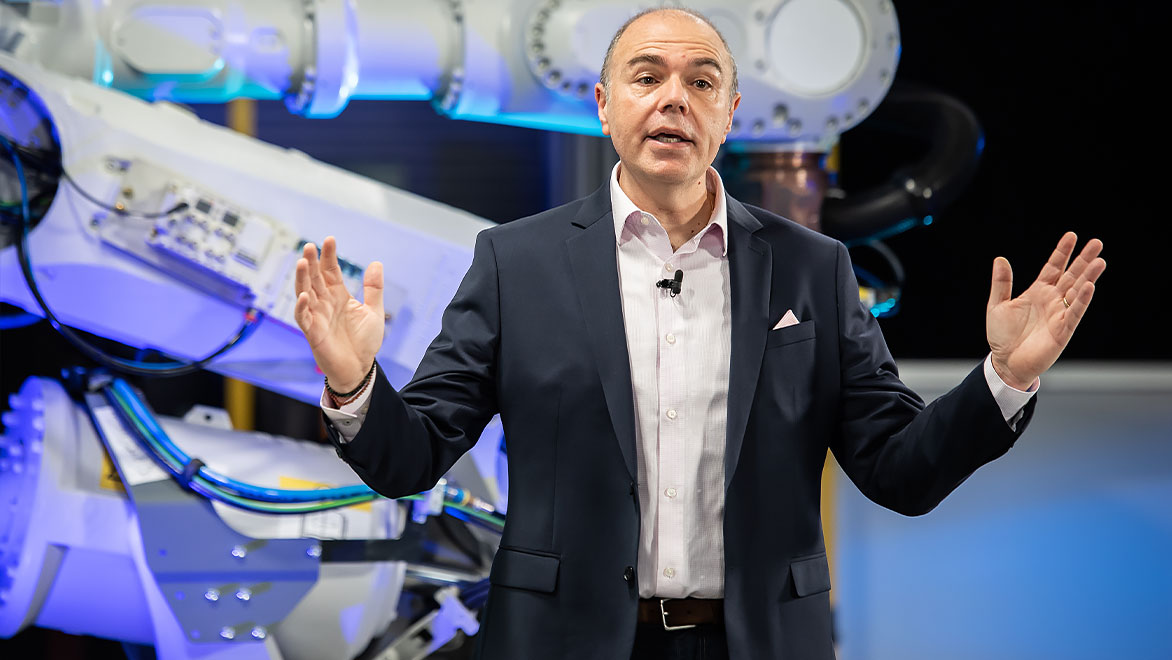Digital transformation and BIM (2:12 min.)
Digital transformation for architecture, engineering & construction
See how innovators are embracing digital transformation and unlocking the full potential of BIM to deliver better outcomes for their business, industry, and the world.
What is digital transformation?
Digital transformation is the shift to a digital-first mindset. It starts with using digital tools for previously analog tasks. It takes a massive leap with BIM-enabled workflows and comes into maturity with the adoption of shared standards, technologies, and processes on an open cloud platform.
The elements of digital transformation
Every journey is different. To successfully chart your own path, understand where you are—and make a plan for where you want to go.
-
![A digital and rendered design of a glass building structure]()
Digitize
Move to digital processes to enhance skillsets and improve productivity.
Image courtesy of DLB Associates
-
![A woman wearing safety gear working on a construction site and using a tablet]()
Connect
Embrace cloud-enabled collaboration and data management for real-time access to data and better insights.
-
![Various rendered floor plans including different functionalities within each one]()
Optimize
Automate and scale processes. Adopt a digital-first mindset to transform business practices.
-
![A digitized and rendered city scape including roads, buildings, and other critical infrastructure]()
Evolve
Unlock data and design circularity with a digital twin to reuse and refine digital and physical assets.
Autodesk’s Nicolas Mangon on the evolution of AEC
As Autodesk VP Nicolas Mangon sees it, innovative pioneers within the AEC industry are unlocking the full promise of BIM.
By embracing optimized workflows, AEC firms are using automation, creating new revenue streams, achieving greater project certainty, and finding efficiencies that expand margins and improve performance. This kind of transformation doesn’t happen all at once. Instead, Mangon has identified four main elements that shape an extended digital journey.




